Annual wildflowers for the naturalistic landscape? Yes, please!
Like many residents of the Front Range, I am converting my front yard, formerly Kentucky bluegrass, several tired junipers and a smattering of common garden weeds, into a more diverse plant community. The new landscape includes a mix of trees, shrubs, wildflowers and grasses of varying heights, bloom times, colors and textures. The goals: to conserve water, to provide habitat for wildlife and to cultivate a small tract of nature in the middle of the city to enjoy, all while keeping the neighbors happy.
Landscaping is often an act of delayed gratification. I may never see the singleleaf piñon (Pinus monophylla) I planted achieve its full stature or the Gambel oak (Quercus gambelii) become old and gnarly. Even the shrubs and herbaceous perennials take time to fill out. While I wait, big stretches of rock mulch are present. Fortunately, these spaces can be niches for a variety of annual wildflowers, which provide almost instant gratification for the home gardener!
Not only do annuals grow quickly, but they often produce an abundance of seed that accumulates in the seedbank. Thus, even though they are annuals, their population will persist in your garden if conditions are favorable. What’s more, many annuals are ruderal species, meaning they thrive in disturbed sites (example: urban yards, which are subject to foot and paw traffic) and between events of disturbance. Finally, many are brightly colored and charismatic, attracting pollinators and turning heads of neighbors. Below is a list of several to include in your landscape.
- Perhaps the most familiar annual wildflower for western landscaping is California poppy (Eschscholzia californica), the state flower of California. The bright orange flowers and blue-green feathery leaves of this species pair well with the electric blue flowers of the lesser-known wildflower desert bluebells (Phacelia campanularia). Both are easy to grow and naturalize quickly in the driest and sunniest areas of your garden. Look for California poppy in the Roads Water-Smart Garden; desert bluebells has been cultivated in both the lower and upper meadows in the Rock Alpine Garden.
- Two other West Coast wildflowers to grow are coastal tidytips (Layia platyglossa) and fivespot (Nemophila maculata). Coastal tidytips has yellow ray flowers with white tips and works great in masses or planted with other colorful wildflowers. Fivespot has five white petals each with a purple spot at the tip. Both species have been cultivated in Desert Wash Garden (within the Rock Alpine Garden) and would add charm to urban landscapes.
- A unique-looking annual wildflower is snow-on-the-mountain (Euphorbia marginata). Sporting showy green and white bracts, or modified leaves, this species vaguely resembles its distant relative, poinsettia. Like poinsettia, the true flowers are inconspicuous. Snow-on-the-mountain grows in prairies and floodplains in central United States and Mexico and would thrive in urban yards. You will find this species growing in the naturalistic plantings on 11th Avenue near the parking garage.
- A cheery, long-blooming annual with yellow and burgundy ray flowers is plains coreopsis (Coreopsis tinctoria). In the wild, this species is commonly found in disturbed habitats including roadsides, fields, pastures and waste places. At the Gardens, it is found in the Laura Smith Porter Plains Garden. This species works well in mass plantings and makes an excellent cutting flower: add some purple asters (Aster spp.), fringed sage (Artemisia frigida) and blue grama grass (Bouteloua gracilis) to your favorite vintage vase to create a beautiful, prairie-themed bouquet.
- Finally, Rocky Mountain beeplant (Cleomella serrulata) is a lanky annual up to five feet tall with long protruding stamens that form a halo around showy purple flowers. Well-known amongst wildlife gardeners and wildflower enthusiasts, this species attracts native bees, European honeybees, butterflies, wasps, ants and hummingbirds. Less known and grown is the more diminutive cousin with sunshine-yellow flowers, yellow beeplant (Cleomella lutea). At the Gardens both species grow in Sacred Earth, where they provide bursts of purple and yellow between gray big-toothed sage (Artemisia tridentata) and other dryland shrubs.
For the ambitious plant nerd seeking more ideas, other annual wildflowers to try include butter daisy (Verbesina encelioides), annual buckwheat (Eriogonum annuum), large-flowered collomia (Collomia grandiflora), blue gilia (Gilia capitata) and birds-eye gilia (G. tricolor). Currently, one of my favorites is Dahlberg daisy (Thymophlla tenuiloba), which is native to southern Texas. Hopefully this delicate yet cheery wildflower will become a mainstay in my naturalistic landscape!
Gallery
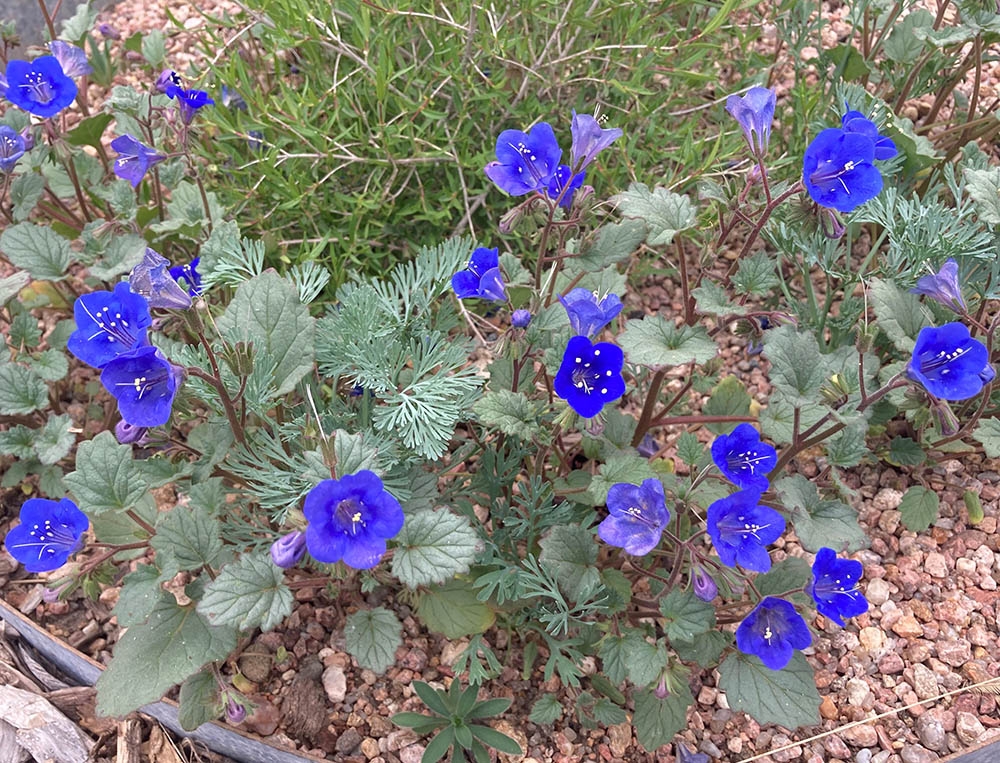
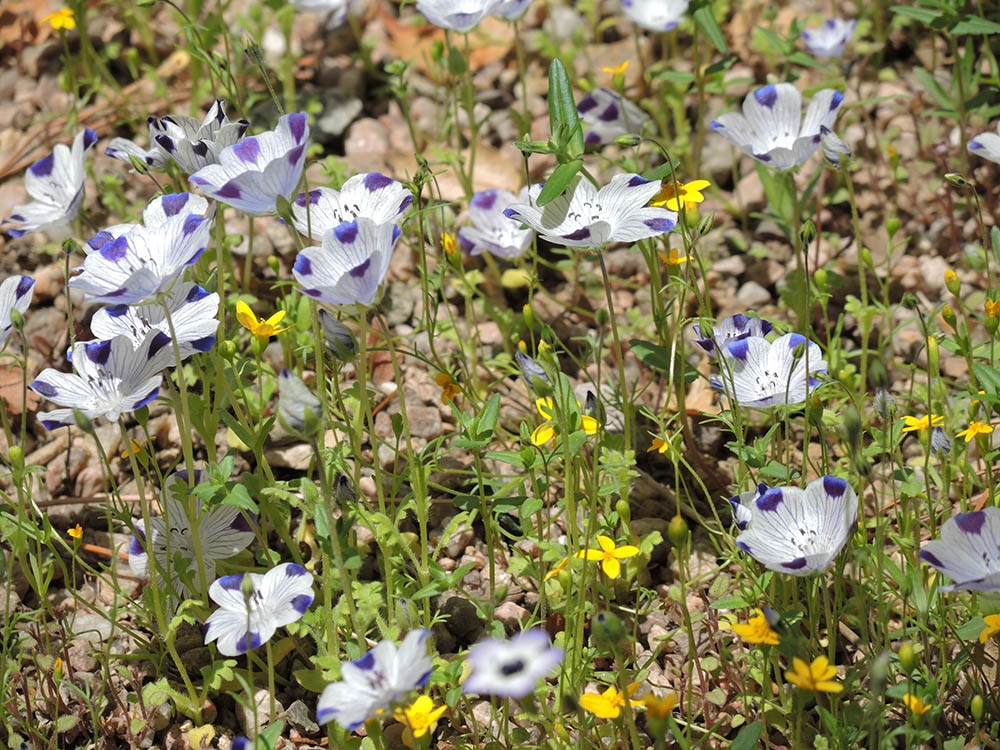
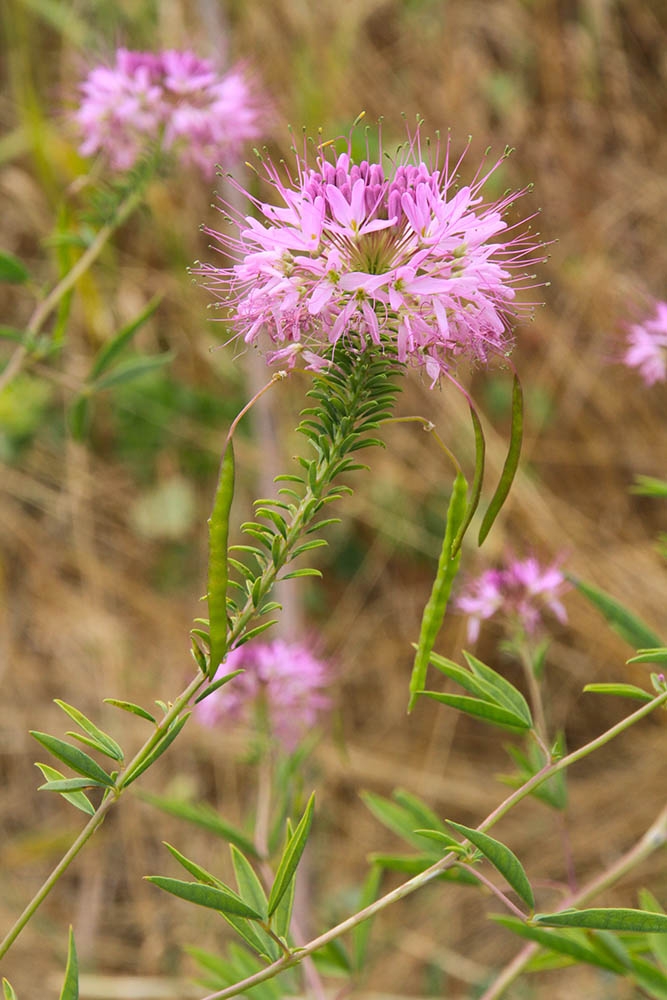

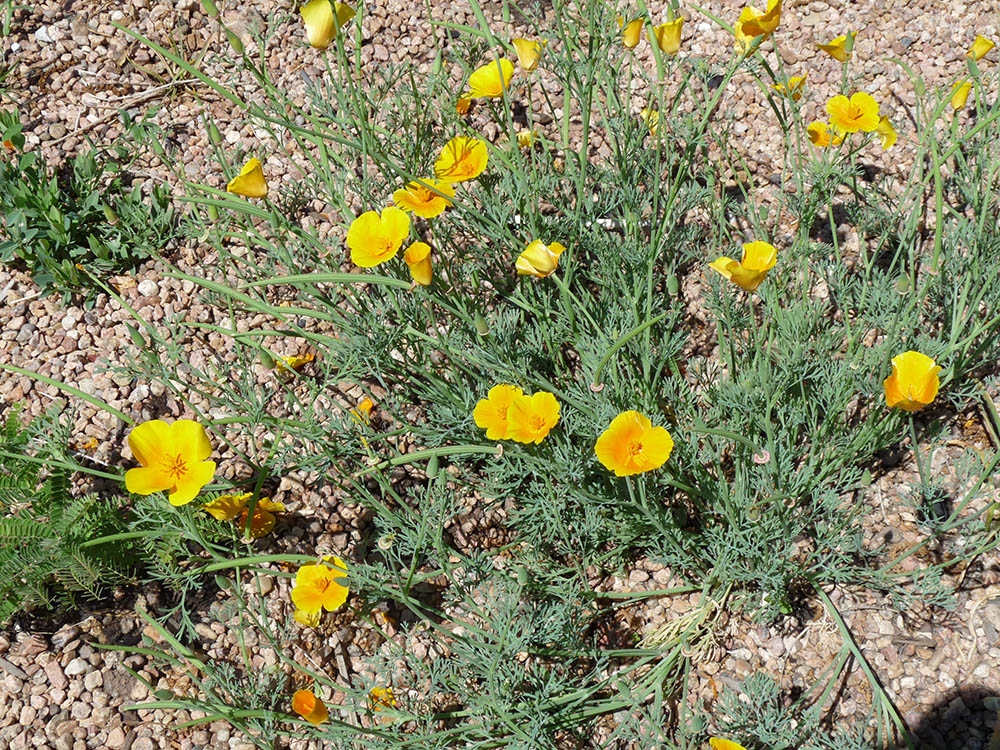
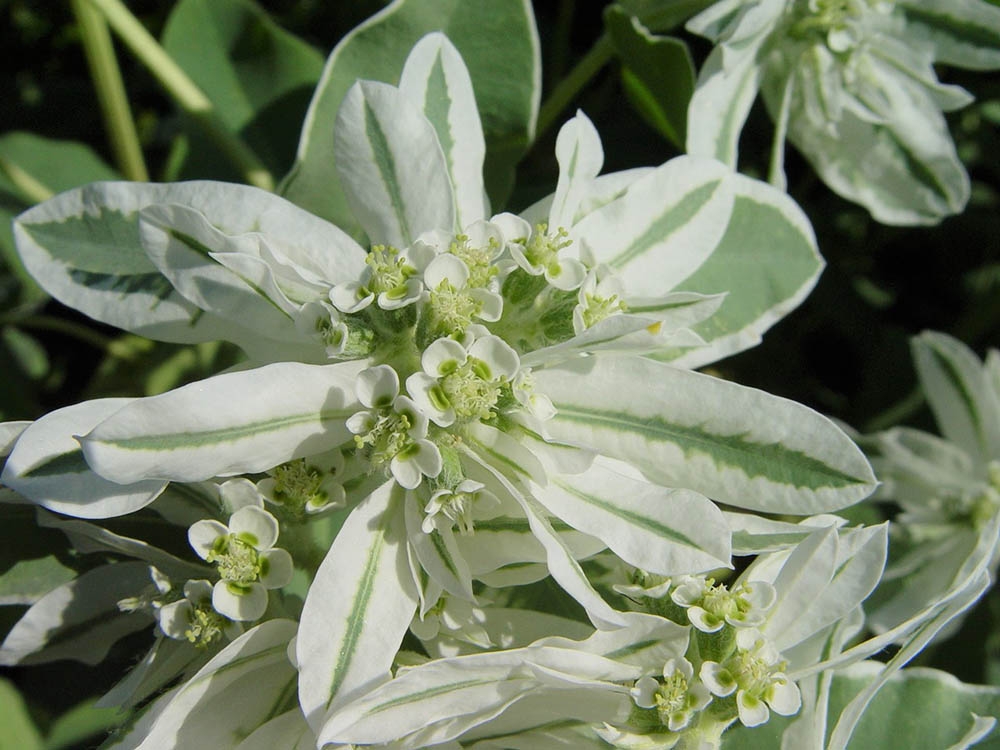
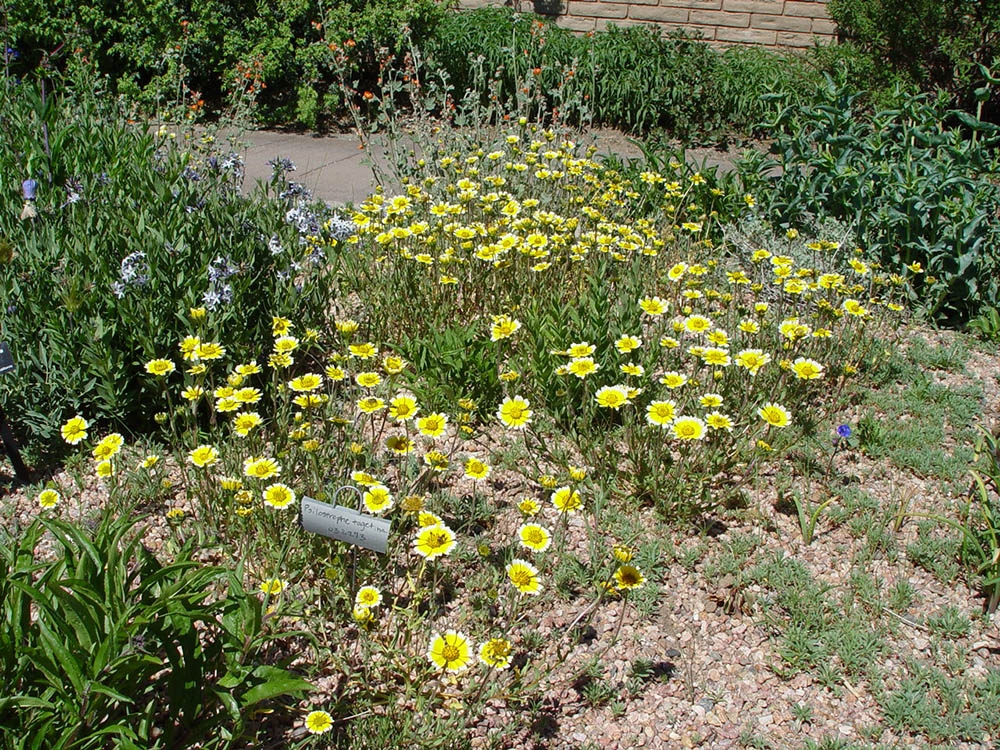
Add new comment